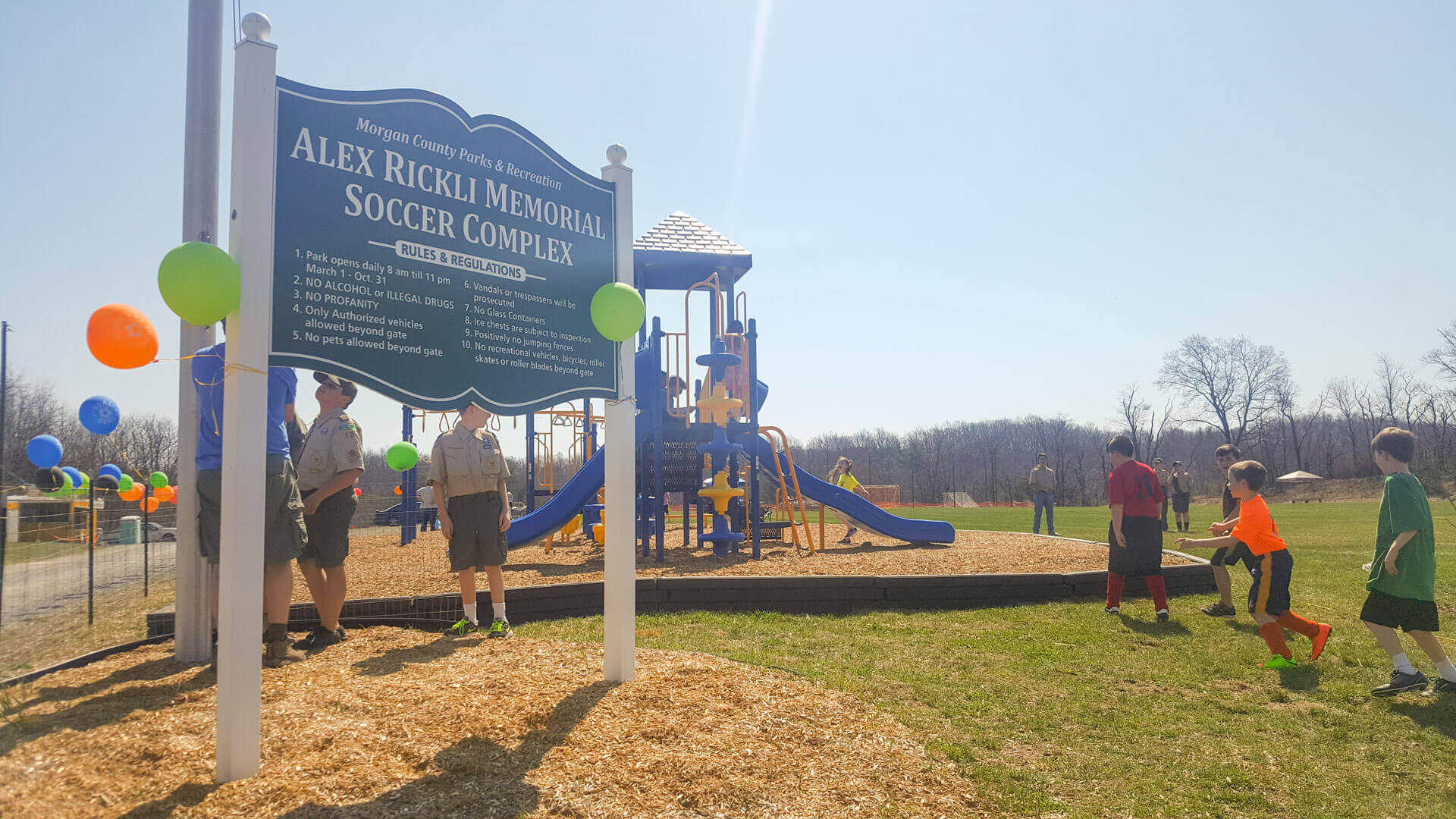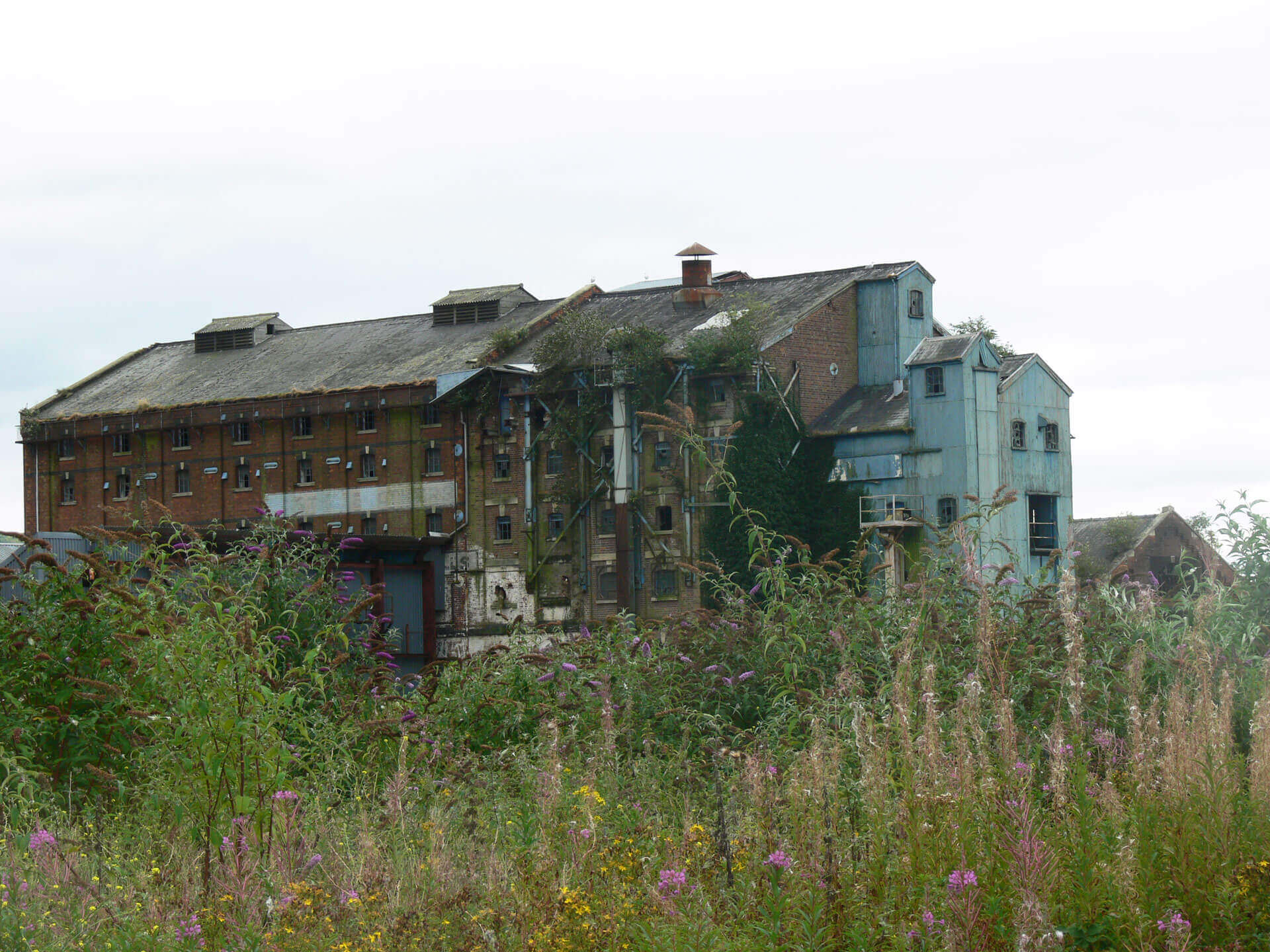The steps in the Brownfield Redevelopment process are as follows:
1. Site Identification
One must first identify a brownfield site. A brownfield is a property whose redevelopment, expansion, or reuse may be complicated by the presence or potential presence of a contaminant. Stakeholders in project identification can be, but are not limited to, interested developers, neighbors, site owners, municipalities, and economic development organizations.
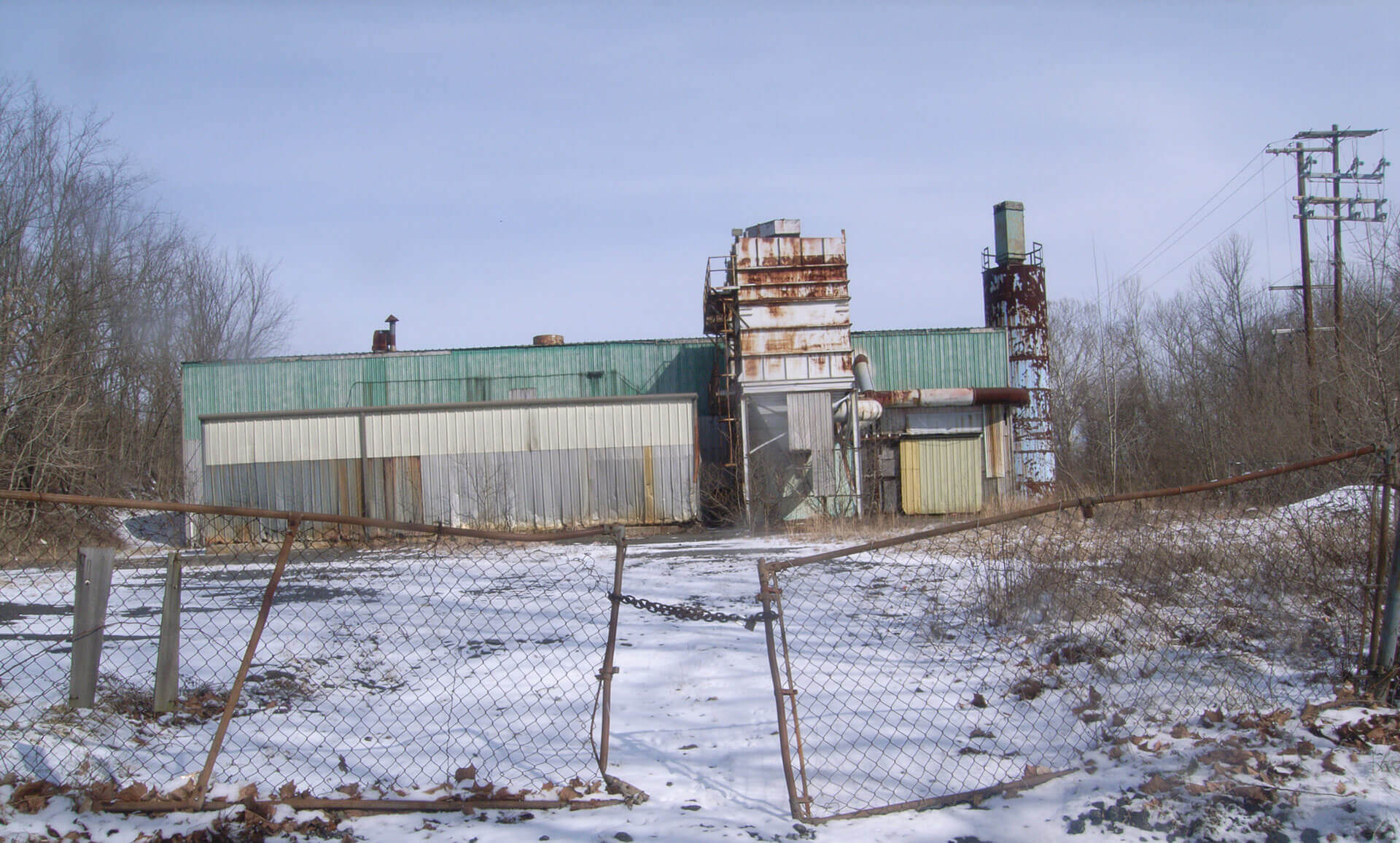
2. Site Assessment
A site assessment will help an interested party determine if a property is environmentally contaminated. This process will consist of a phase 1 and phase 2 environmental assessment.
- A phase 1 investigates the historical use reviews and regulatory records to determine the likelihood of a site being contaminated. This process includes reviewing records and government databases, visually inspecting the site, and interviewing owners, neighbors, and past workers.
- A phase 2 assesses whether contamination is definitely present, this is a further investigation. This process includes identifying chemicals of concern, sampling and testing soil, groundwater, and other media, further investigation of areas of concern, and development of cleanup plans.
The overall goal of site assessment is to sample and analyze all environmental media and determine contaminants of concern.
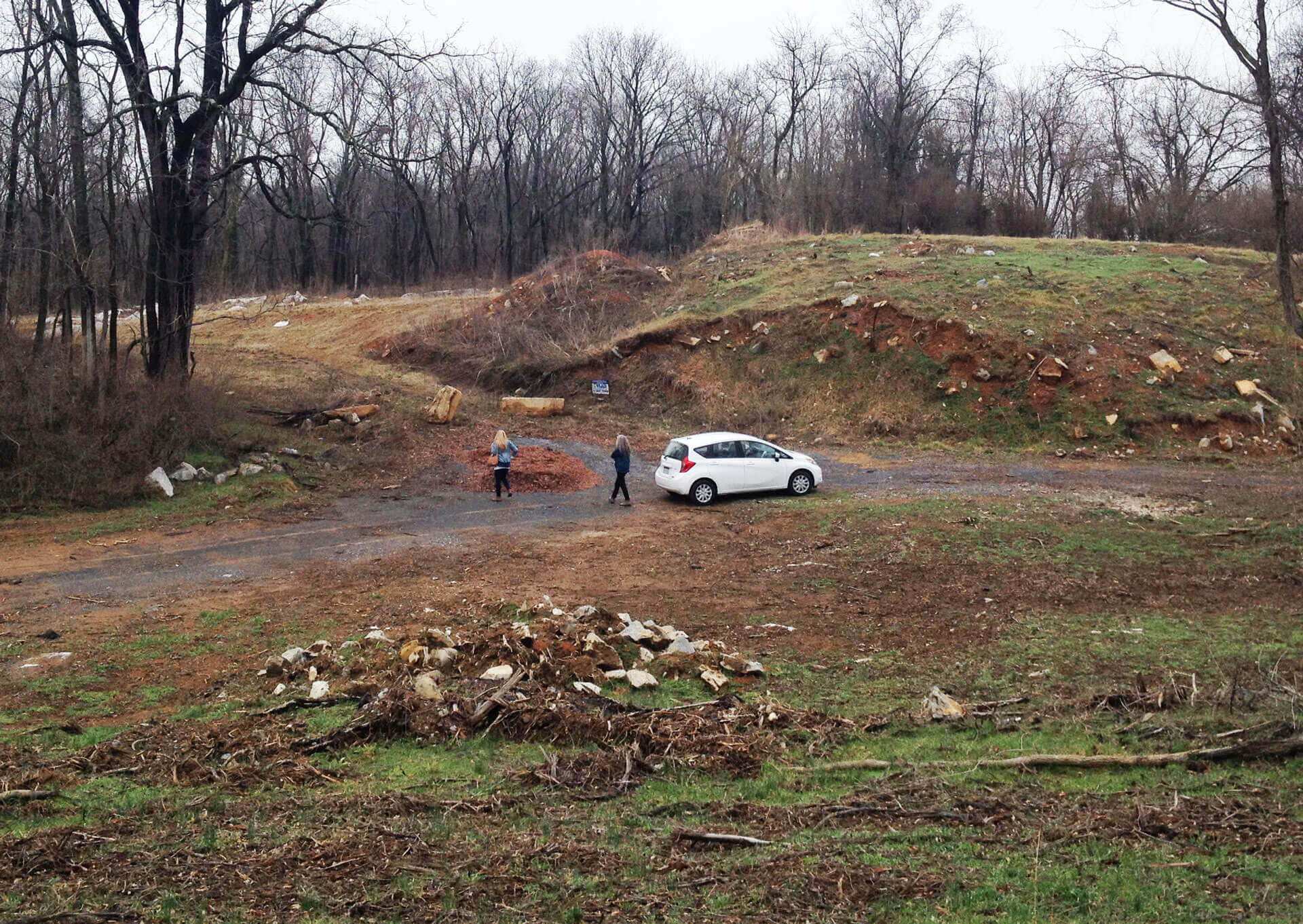
3. Site Planning and Reuse
Sites can be developed with a new use in respect to any limitations that are placed on the site based on the assessments and the project area. There are resources available for brownfields program support, project development, design assistance, and all site planning and reuse needs. WVU TAB is an example of a free resource.
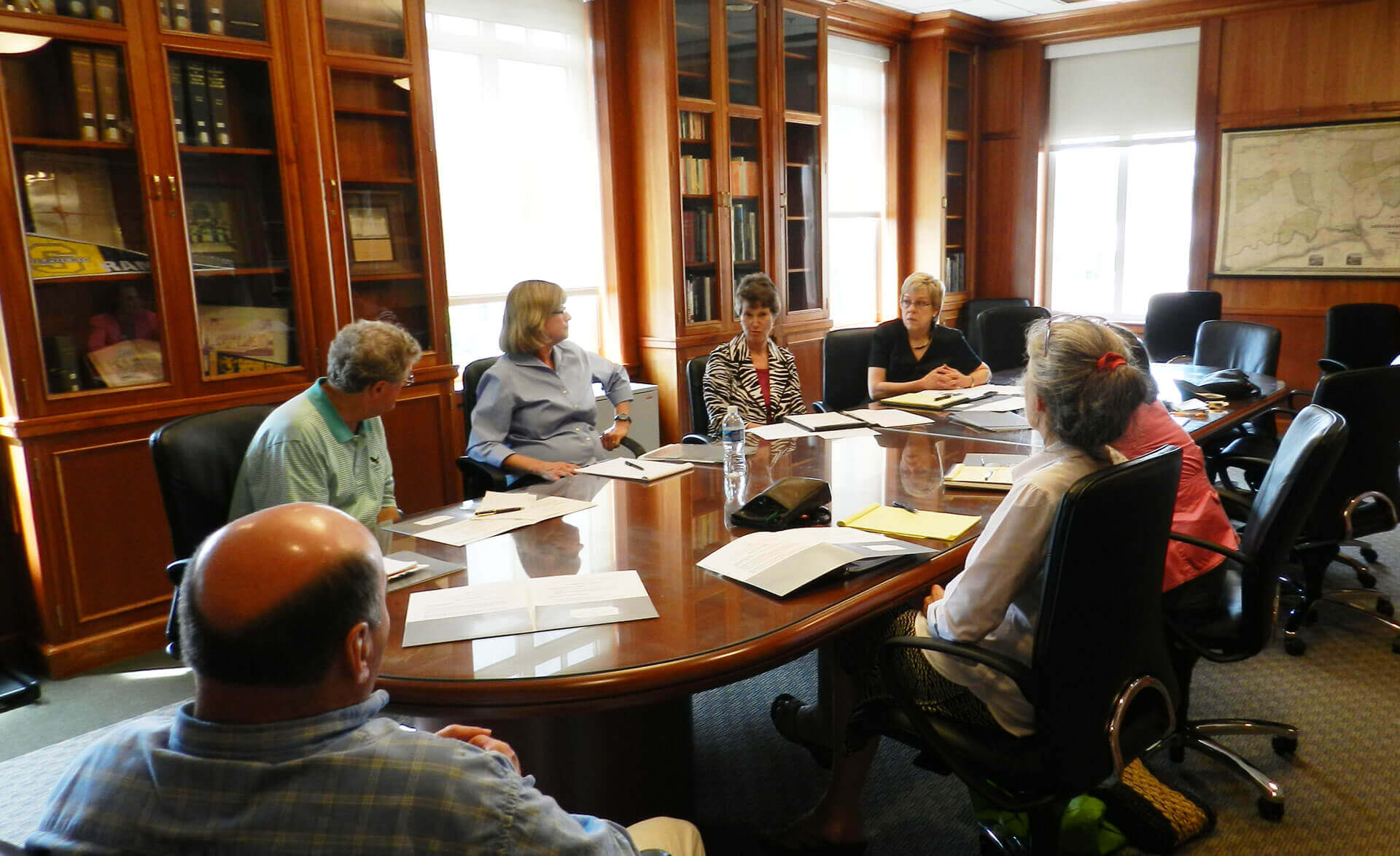
4. Project Financing
There are many funding resources available to make redevelopment projects possible. Funding can be a combination of private and public sector funding. Cleanup costs can be determined after a site is assessed. There are local, state, and federal grants and loan funding available for these costs. The development phase can be funded through grants, public infrastructure investments, tax increment financing, or other funding resources.
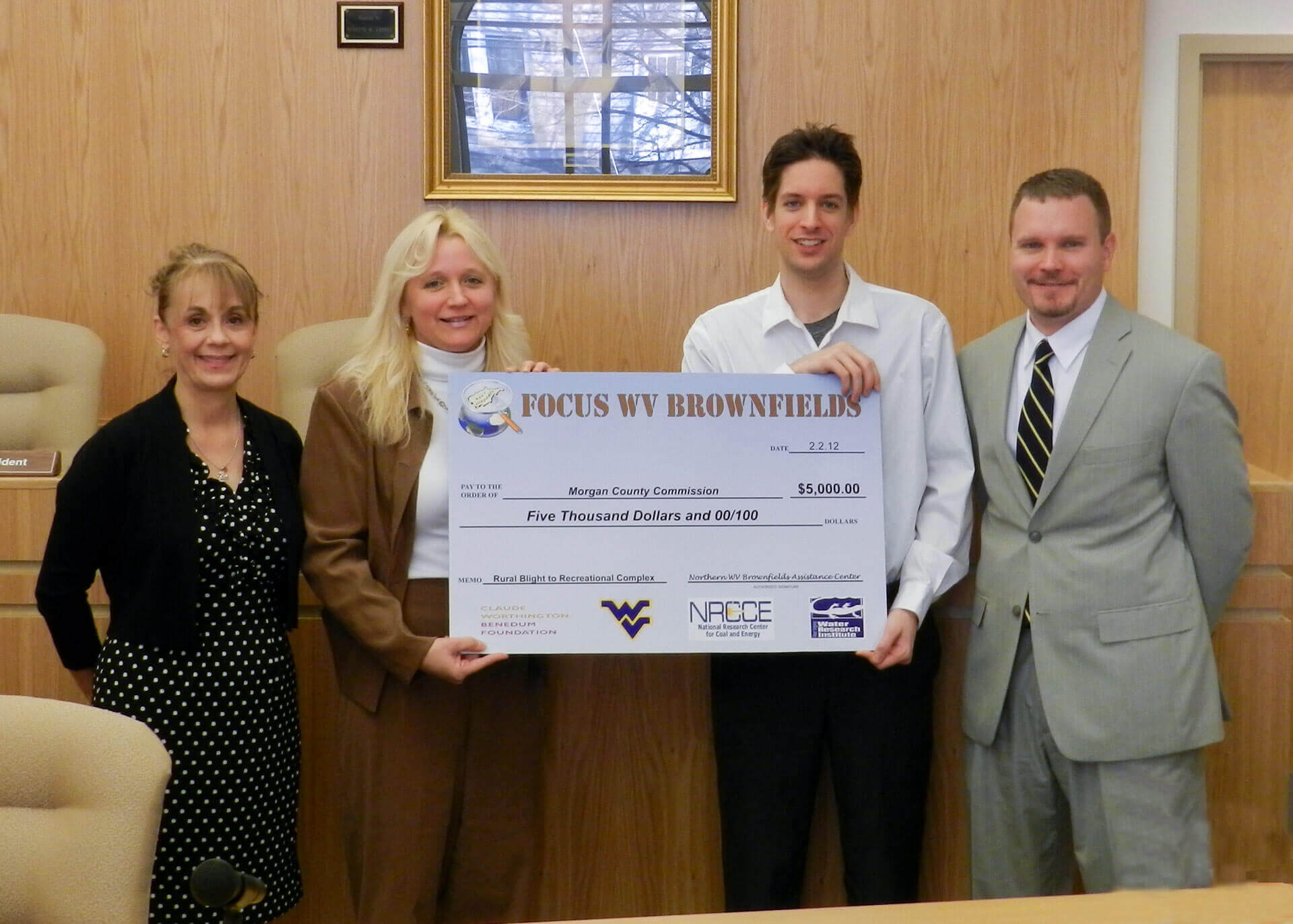
5. Redevelopment
Brownfield redevelopment is an important and beneficial process. Some benefits include the preservation of greenspace, economic development, societal benefits, increased opportunities for communities, reuse of resources, and many other things. Brownfields can be redeveloped in many ways and will vary from site to site, depending on the characteristics and the stakeholders. Redevelopment is based on the site’s assets and limitations, community concerns, and market demand.
A project is considered successfully redeveloped after construction is complete and the site is being operated with its intended reuse. Completed projects are beneficial to communities and the environment, which is a huge accomplishment.
